Mold Flipper: Can Modular Designs Ease Future Expansion in Malaysia?
Planning a major expansion, especially in a dynamic market like Malaysia, is a high-stakes game. You're looking at significant capital investment, and the pressure is on to make the right choices. You might be worried about sinking millions into heavy equipment, like a mold flipper, only to find it's too rigid to adapt when your production needs change in five or ten years. This fear of being locked into an inflexible system is real. A single piece of ill-fitting machinery can create bottlenecks, drive up maintenance costs, and completely halt your ability to scale efficiently, turning a promising expansion into a costly liability.
Yes, modular mold flipper designs can significantly ease future expansion in Malaysia by offering a scalable, phased investment approach. Instead of purchasing a large, monolithic machine built for maximum future capacity, you can invest in a core unit that meets current needs and add new modules—like increased capacity, different handling features, or advanced automation—as your operations grow. This method reduces initial capital expenditure, minimizes risk, and ensures your equipment evolves with your business.
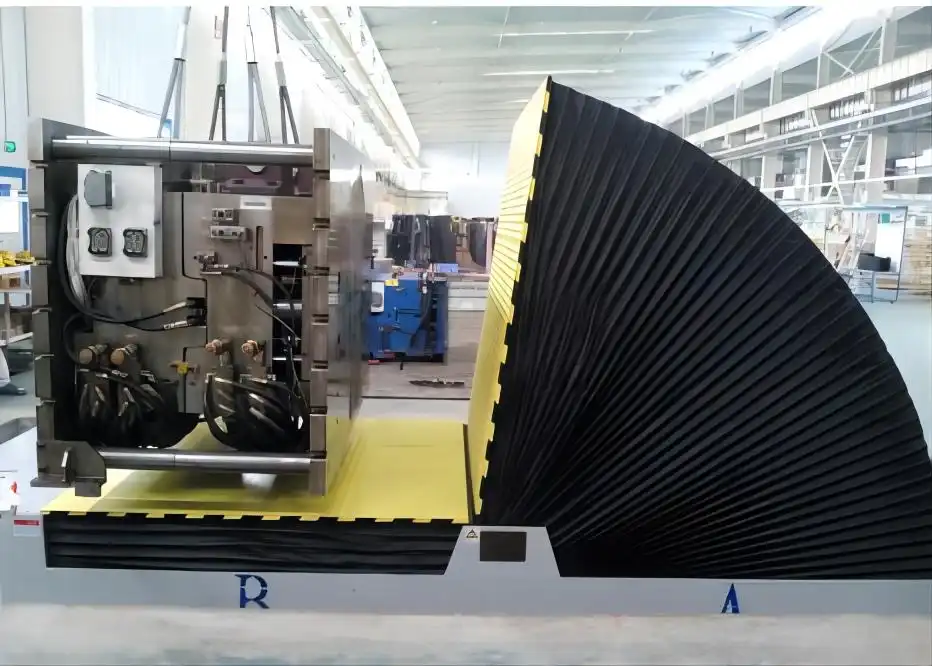
This isn't just about buying equipment; it's about building a foundation for future success. A modular approach fundamentally changes how you think about capacity planning and technology adoption. It transforms a static piece of machinery into a dynamic asset that supports your long-term strategic goals. Let’s dive deeper into how this works and what it means for a business leader planning for growth. I've spent my career in this industry, and I want to share what I've learned about making these critical decisions.
What exactly is a modular mold flipper design?
You've probably heard the term "modular" used for everything from software to furniture. In heavy industry, it can sometimes feel like a marketing buzzword without real substance. You might be concerned that you'll invest in a supposedly "modular" system, only to discover it's just as difficult to upgrade or modify as a traditional, one-piece machine. This uncertainty makes it hard to evaluate if you're getting a genuine strategic advantage or just paying extra for a popular label.
A modular mold flipper design is an engineering philosophy where the machine is constructed from distinct, standardized, and interchangeable blocks or "modules." Each module performs a specific function—such as the tilting mechanism, the clamping system, the conveyor integration, or the control unit. These modules connect through standardized interfaces, allowing them to be easily added, removed, or upgraded without redesigning the entire machine. It's the difference between building with LEGOs versus carving from a single block of stone.
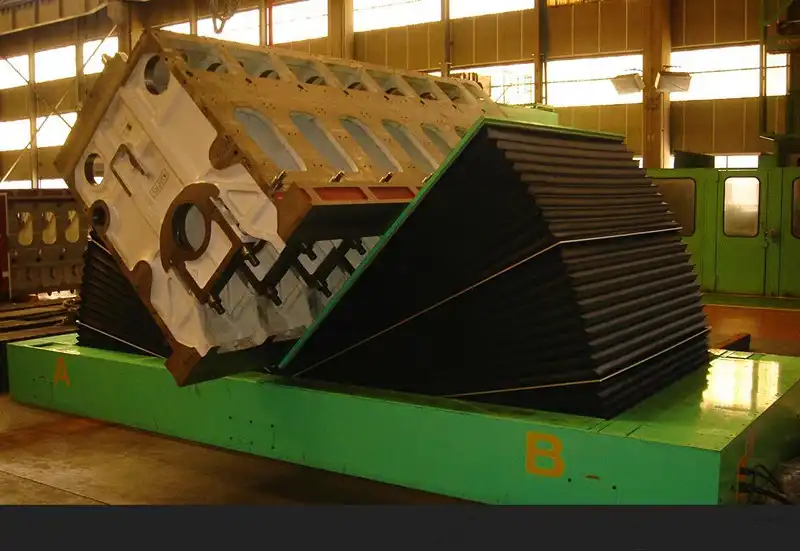
When I started as a young engineer, most machines were monolithic. They were designed and built for one specific task and one specific capacity. If a client's needs changed, it often meant a massive, custom re-engineering project or, more often, buying a whole new machine. This was incredibly inefficient. The shift to modular thinking was a game-changer.
Core Unit vs. Optional Modules
A modular mold flipper starts with a base frame and a core tilting mechanism. This is the heart of the machine. From there, you add modules based on your specific needs. For example, a basic setup might be enough for a new production line in Malaysia. Later, as you increase throughput or handle different mold types, you can add modules.
- Automation Module: You could add an automated conveyor system for loading and unloading, reducing manual labor.
- Clamping Module: If you introduce new mold sizes, you can swap in a different hydraulic or pneumatic clamping module without changing the main frame.
- Safety Module: As regulations in Malaysia evolve, you can add advanced light curtains, area scanners, or fencing modules that integrate directly into the control system.
- Data Module: To support a move towards Industry 4.0, a data collection module can be added to send operational data (cycle times, motor load, error codes) to your Manufacturing Execution System (MES).
Standardization is Key
The real magic of modularity lies in the standardized interfaces. This means the mechanical connection points, the hydraulic fittings, and the electrical connectors between modules are pre-designed to be compatible. The machine's central PLC (Programmable Logic Controller) is also designed with an open architecture. It's programmed to recognize and control new modules when they are plugged in. This "plug-and-play" capability is what makes upgrades fast and predictable, drastically reducing the downtime and engineering costs associated with traditional modifications.
| Feature | Monolithic Design | Modular Design |
|---|---|---|
| Scalability | Low. Requires major rework or full replacement to scale. | High. Add modules for increased capacity or functionality. |
| Customization | High initial customization, but difficult to change later. | High. Can be configured at purchase and reconfigured later. |
| Maintenance | Complex. A single component failure can require major disassembly. | Simplified. Faulty modules can be swapped out quickly. |
| Initial Cost | Potentially lower for a basic system, but higher for a future-proofed one. | Potentially higher initial cost for the base unit, but lower overall TCO. |
| Upgrade Path | Limited and expensive. | Clearly defined and cost-effective. |
This approach gives you, the owner, incredible flexibility. You are no longer forced to predict the future with perfect accuracy. Instead, you can build a system that adapts to the future as it happens.
How do modular systems impact initial investment and ROI for Malaysian expansions?
When you're spearheading an expansion into a market like Malaysia, every dollar of capital expenditure is under scrutiny. You're facing immense pressure from your board and investors to get the new facility operational and profitable as quickly as possible. The classic dilemma is whether to build for today's needs, which risks being outgrown quickly, or to build for peak future demand, which means tying up huge amounts of capital in underutilized capacity. This is a significant financial gamble.
Modular systems directly address this challenge by enabling a phased investment strategy. You can purchase a core mold flipper system that perfectly matches your initial production needs in Malaysia, significantly lowering your upfront capital expenditure. As your market share and production demands grow, you can purchase and integrate additional modules, funding your expansion with the revenue it generates. This transforms a massive, one-time cost into a series of smaller, manageable investments, dramatically improving cash flow and accelerating your return on investment (ROI).
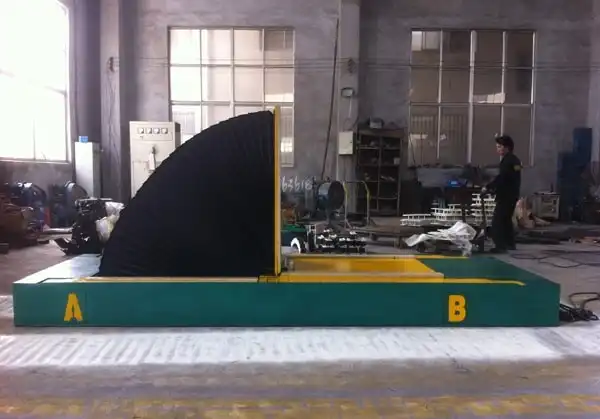
I remember working with a client who was setting up a new plant. Their initial forecast was optimistic, and the temptation was to buy the largest, most automated equipment available. I sat down with their CFO and CEO. We mapped out a modular approach instead. They saved nearly 40% on their initial equipment outlay. Two years later, when they secured a major new contract, they were able to quickly add the automation and capacity modules they needed. The CFO later told me that this phased approach was critical to their early profitability.
Deconstructing the Financial Advantage
A leader like Javier Morales, with his focus on rigorous feasibility analysis, would appreciate breaking this down into tangible numbers. The ROI isn't just about the initial purchase price; it's about the Total Cost of Ownership (TCO) over the asset's lifecycle.
Phased Investment vs. All-in-One
Let's imagine a hypothetical expansion in Malaysia.
- Scenario A (Monolithic): You anticipate needing a 50-ton capacity, fully automated mold flipper in 5 years. You buy it today for $300,000. For the first few years, you only use 20-ton capacity and minimal automation.
- Scenario B (Modular): You buy a 25-ton core system with basic controls for $150,000. In three years, when demand increases, you spend $80,000 on a capacity upgrade module and an automation package.
In Scenario B, you've deferred $150,000 of spending, freeing up capital for other critical areas of the launch. The final system cost is slightly higher ($230,000), but the financial benefit of improved cash flow and reduced initial risk is immense.
| Cost-Benefit Factor | Monolithic Approach | Modular Approach |
|---|---|---|
| Initial Capex | High (paying for future capacity today) | Low (paying only for current needs) |
| Cash Flow Impact | Negative. Large initial cash outflow. | Positive. Preserves cash for operations. |
| Risk of Over-engineering | High. You might pay for features you never use. | Low. You only add features as they are needed. |
| Downtime during Upgrade | N/A (bought upfront) but massive if modification is needed. | Minimal. Modules are designed for quick integration. |
| Logistics to Malaysia | Larger, heavier initial shipment. Higher cost. | Smaller initial shipment. Phased logistics costs. |
This isn't just theory. For a steel mill owner managing cyclical markets, the ability to scale investment in lockstep with market demand is a powerful strategic tool. It smooths out the capital expenditure curve and directly supports the goal of lowering overall operating costs and maximizing profit margins.
Can modular mold flippers integrate with existing legacy systems and future digital platforms?
Your factory floor is a complex ecosystem. You likely have a mix of equipment from different eras—a reliable 15-year-old overhead crane, a five-year-old CNC machine, and a brand-new MES platform you're trying to implement. A major concern when bringing in any new equipment, like a mold flipper, is the integration nightmare. You worry that the new machine won't communicate with your legacy systems or connect to your digital backbone, creating an "island of technology" that disrupts workflow and undermines your investment in a connected factory.
Absolutely. A key advantage of modern modular designs is their built-in integration flexibility. They are specifically engineered with open architecture principles, using standard communication protocols and configurable I/O to connect seamlessly with both older, relay-logic-based legacy equipment and modern, data-driven MES and IoT platforms. This ensures the mold flipper becomes a cooperative part of your entire production line, not an isolated problem.
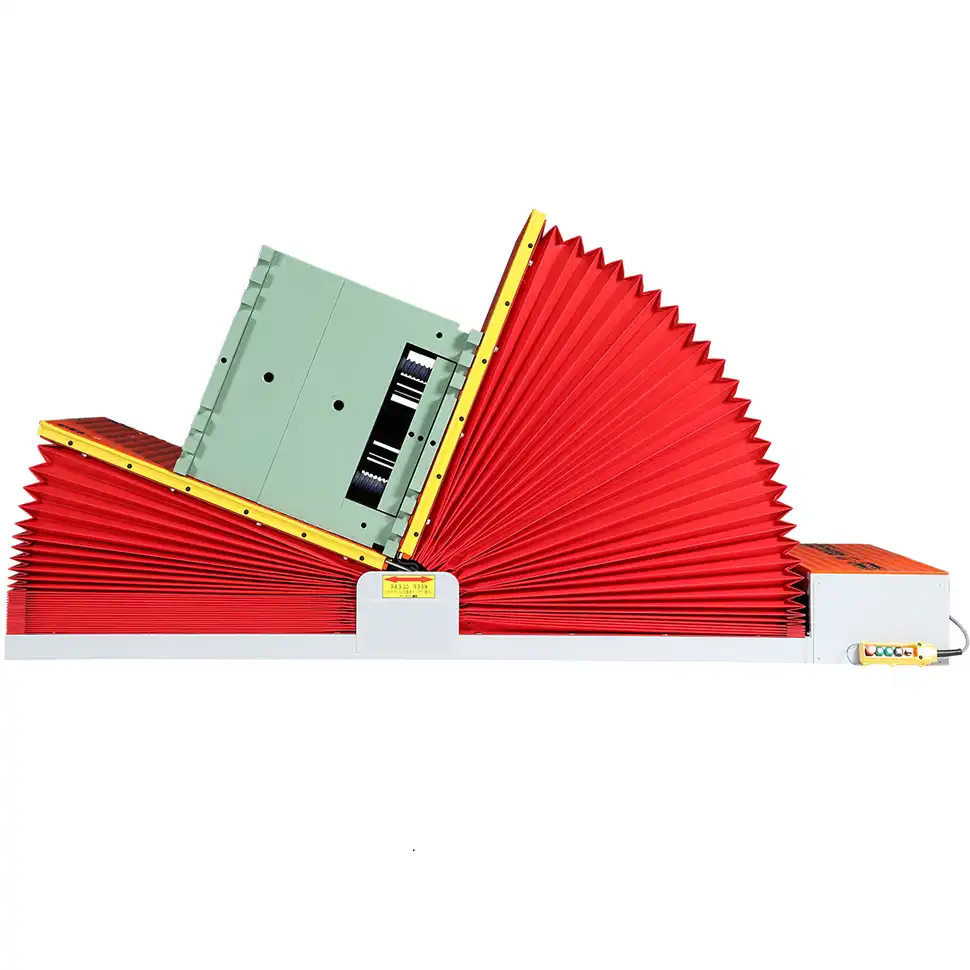
This is a challenge I see constantly. A plant manager invests in a state-of-the-art machine, but the team spends the next six months trying to get it to "shake hands" with the existing conveyor system. It's frustrating and costly. That's why we, as machine builders, now focus heavily on connectivity. A machine that can't share its status or receive commands from other systems is only doing half its job in a modern factory.
Bridging the Physical and Digital Divide
Integration happens on two levels: the physical and the digital. A well-designed modular system accounts for both.
Physical and Electrical Handshake
This is about basic compatibility. A new mold flipper for a Malaysian plant needs to work with the local power supply and physical layout. But more importantly, it needs to interact with adjacent equipment.
- Legacy Systems: For older equipment like a simple crane, integration might be through basic hardwired signals. For example, the flipper's control panel can have outputs that confirm "clamped and ready" or inputs that receive a "start cycle" command from an operator's pendant. The safety circuits (like E-stops) must be integrated, which is a standard feature in modular control panels.
- Modern Systems: For newer equipment, this handshake is more sophisticated, often handled by the PLC.
Open Architecture for Digital Transformation
This is where modular systems truly shine for a forward-thinking leader like Javier. His goal of deploying MES and IoT sensors requires equipment that can provide data.
- PLC and Communication Protocols: Modular flippers are built with modern PLCs (from brands like Siemens, Allen-Bradley, etc.) that support open communication protocols like PROFINET, EtherNet/IP, or OPC UA. This means they can easily be added as a "node" on your factory network.
- Data for MES/IoT: You can pull critical data directly from the flipper: cycle count, operating hours, motor current (for predictive maintenance), fault codes, and current status. This is the raw data needed to achieve the production visualization and 95% uptime goals Javier has.
| Integration Checklist for a Mold Flipper | Key Consideration |
|---|---|
| PLC Compatibility | Does the PLC brand match your plant standard for easier maintenance? |
| Communication Protocol | Does it support your factory's network protocol (e.g., EtherNet/IP)? |
| Safety Integration | Can its safety relay be hardwired into your existing E-stop circuit? |
| Data Points for MES | What specific data can be output? Is it customizable? |
| Physical Footprint | Do the mounting points and dimensions fit the allocated space? |
| Electrical Interface | Does it match your voltage and have a clear terminal for power drop? |
By choosing a modular flipper, you are not just buying a machine that turns things over. You are investing in a data-rich, communicative asset that can connect the old with the new and serve as a cornerstone of your digital transformation strategy.
What are the long-term operational benefits of modularity beyond just expansion?
Most business leaders understandably focus on the big-ticket items: the initial purchase price and the ability to expand. But as someone who has lived on the factory floor, I know that a machine's true cost and value are revealed in its day-to-day operation. You might worry that a complex, modular system will become a maintenance nightmare. What happens when a small part fails? Will it be a custom order from overseas with a six-week lead time, shutting down your line and killing your uptime targets?
The long-term operational benefits of modularity are profound, centered on simplified maintenance, improved safety, and future-proofing. Because the machine is built from standardized modules, spare parts are often interchangeable and readily available. A faulty component can be quickly swapped out as a complete module, drastically reducing troubleshooting and repair time from days to hours. This directly boosts equipment uptime and lowers lifetime maintenance costs.
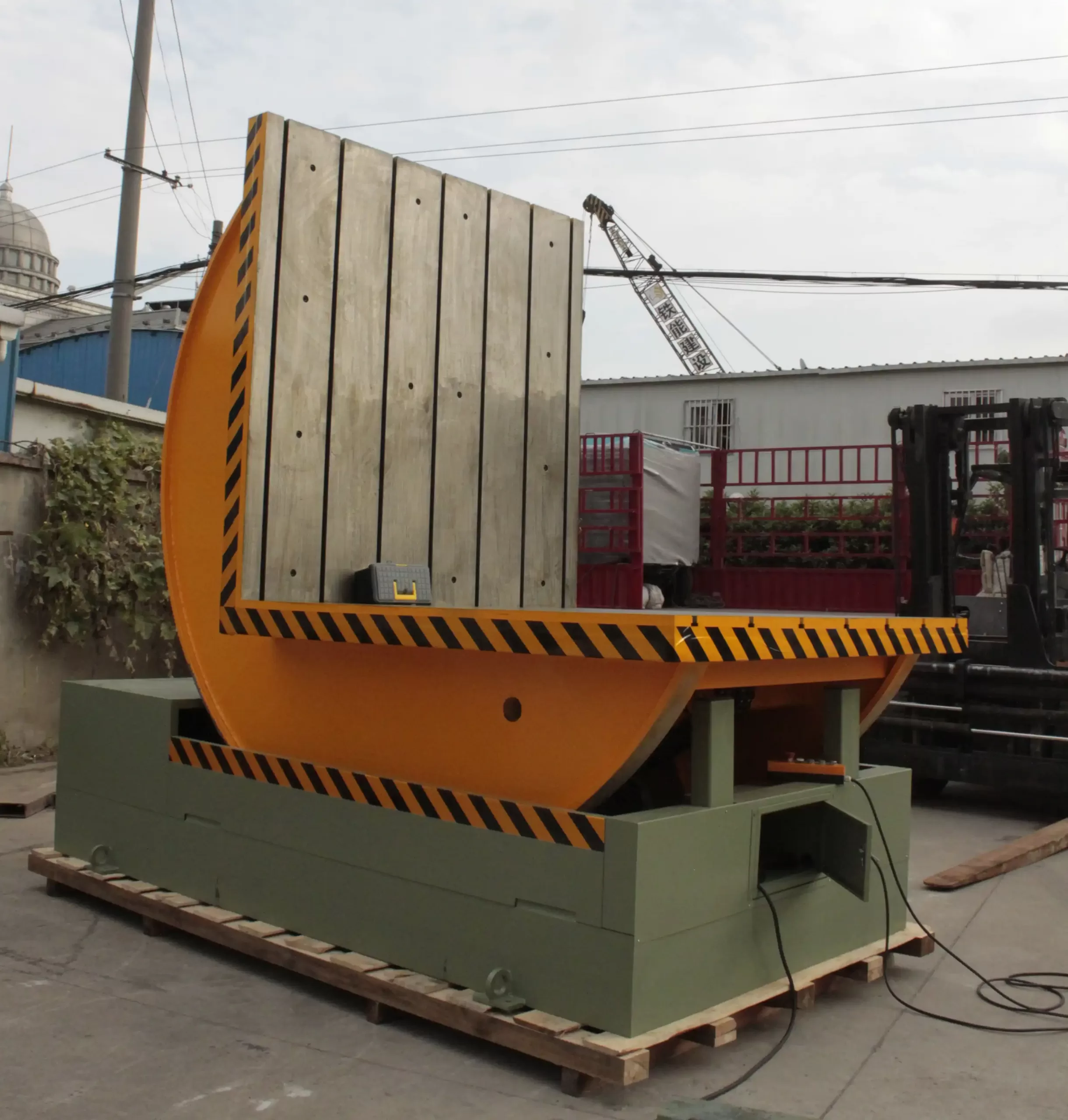
I'll never forget a client I visited years ago. They had bought a highly customized, monolithic machine from a competitor to save about 10% on the initial price. It worked fine for two years. Then, they slightly changed their product design, which required a small adjustment to the machine's clamping mechanism. Because it was a one-piece custom design, there was no simple fix. They had to fly in a specialist engineer who spent a week cutting and welding on-site. The downtime cost them ten times their initial savings. It was a painful lesson. This is the exact scenario that modularity is designed to prevent.
Simplified Maintenance and Spares
This is the most immediate benefit you'll feel after commissioning. When a sensor on a traditional machine fails, a technician might spend hours tracing wires through complex diagrams to diagnose the problem. On a modular machine, the control system often tells you, "Fault in Clamping Module C." You can then swap out the entire module with a spare from your inventory and have the line running again in under an hour. The faulty module can be repaired on a workbench later, without affecting production. This is a revolutionary approach to maintenance.
| Maintenance Aspect | Monolithic Design | Modular Design |
|---|---|---|
| Troubleshooting | Complex and time-consuming. Requires expert knowledge. | Fast and simple. Often guided by the HMI/PLC. |
| Repair Time | High. Often requires in-place, custom repairs. | Low. Swap the faulty module, repair offline. |
| Spare Parts | Many unique, custom parts. Long lead times. | Standardized, interchangeable modules and components. |
| Technician Skill Level | Requires highly specialized technicians. | Can be maintained by general-purpose technicians. |
Enhanced Safety and Training
Modular systems are also inherently safer. Safety functions, like light curtains or emergency stops, are often built into self-contained modules. When you add a new part to the machine, you're also adding its pre-validated safety circuit. This makes safety upgrades more reliable. Training is also simpler. You can train operators and maintenance staff on each module individually, which is much less intimidating than teaching them a single, massive, complex machine.
The Ultimate Goal: A Strategic Partnership
Ultimately, choosing a modular system is about more than just the hardware. It's about choosing a supplier who thinks like a partner, not a vendor. A partner helps you plan for a future they know is uncertain. They provide a platform, not just a product. For a leader like Javier Morales, whose goal is to build a resilient and agile operation, this is critical. You're not just buying a mold flipper; you're investing in a system designed for longevity, adaptability, and continuous improvement. It's a strategic decision that pays dividends long after the initial purchase by reducing costs, increasing uptime, and giving you the agility to say "yes" to new opportunities.
Conclusion
Modular mold flippers are not just equipment; they are a strategic asset for smart, scalable growth, especially for forward-thinking leaders planning expansions in regions like Malaysia.



